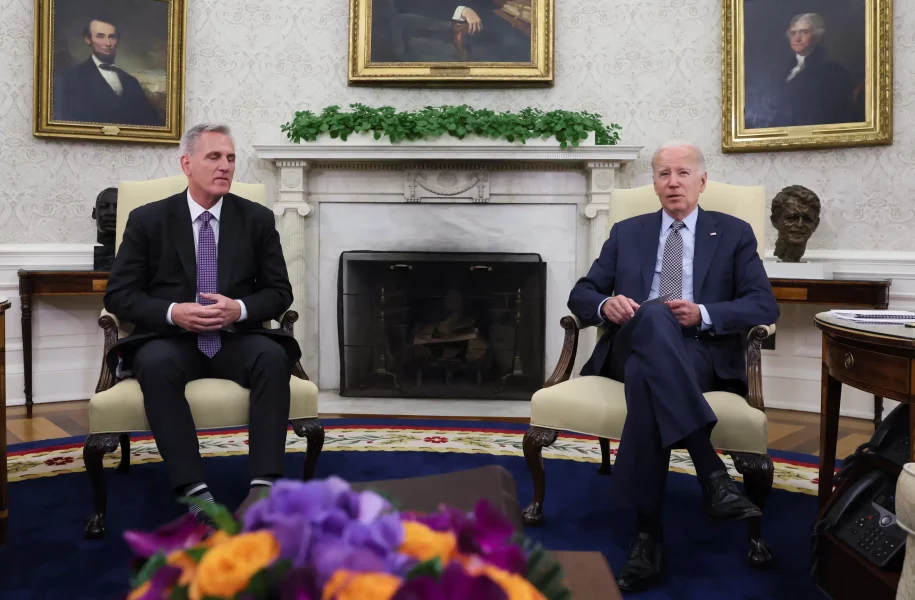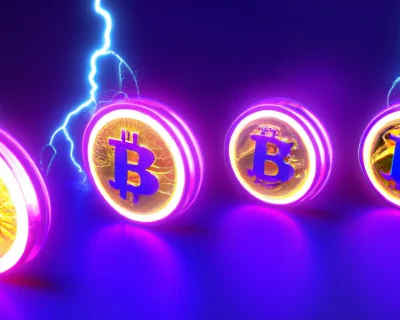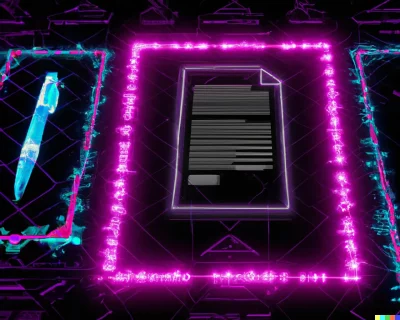Biden and McCarthy Reach Debt Limit Agreement

President Biden and Speaker Kevin McCarthy have reached a preliminary agreement to address the debt limit and government spending.
The agreement, aimed at avoiding the nation’s first-ever default, is not assured to pass Congress, particularly in the House, where right-wing lawmakers are already in revolt. However, with the endorsement of both the Democratic president and the Republican speaker, there are hopes that it can break the fiscal stalemate gripping Washington. The deal freezes federal spending that was on track to grow, but it includes compromises that may not please everyone.
The agreement suspends the borrowing limit for two years and includes new work requirements for some recipients of government aid, as well as limits on food stamp benefits. It also reclaims unspent pandemic relief funds and reduces enforcement funding for the IRS. The proposed deal aims to secure votes from both parties, but it has faced criticism from conservatives and progressives alike. Economists and analysts have warned of the devastating consequences of a default.
Passing the agreement requires approval from the House, where Republicans hold a narrow majority, and from the Senate, where bipartisan support is necessary. The path to passage is uncertain, and conservative lawmakers are seeking ways to delay or amend the agreement. Republicans have insisted on spending cuts and debt reduction, and while the deal accomplishes these goals to some extent, it may not satisfy hard-line conservatives or progressives.
Despite the challenges, President Biden has urged Congress to pass the agreement, emphasizing its importance in avoiding a catastrophic default. The compromise seeks to strike a balance between spending reductions and protecting critical programs, with the hope of breaking the fiscal deadlock that has plagued Washington. The agreement sets caps on discretionary spending for two years, with different implications for military and non-military spending.
READ MORE: BRICS Currency vs. U.S. Dollar: Uncovering the Key Distinctions
The negotiations were intense and pressured, given the approaching deadline and the potential global economic consequences of a default. The agreement’s passage requires a coalition of House Republicans and Democrats, posing challenges for both Speaker McCarthy and Democratic leader Hakeem Jeffries. The Senate also presents potential obstacles, as conservatives have indicated their reluctance to support the deal.
While the agreement falls short of satisfying hard-liners on both sides, budget experts emphasize the need for its passage to enact savings and lift the debt ceiling. It represents a compromise that includes elements from both parties, albeit modest in some aspects. The deal’s proponents argue that it strikes a balance between spending reductions and the protection of critical programs.
In summary, President Biden and Speaker McCarthy have reached a preliminary agreement on the debt limit and government spending.
While its passage is uncertain, the deal seeks to prevent a catastrophic default and break the fiscal deadlock. The agreement includes compromises that may not please all lawmakers and its success hinges on gathering support from both Republicans and Democrats.














